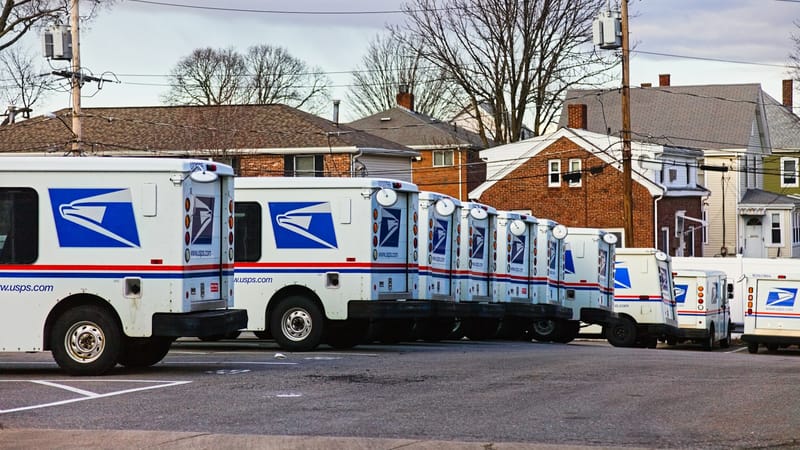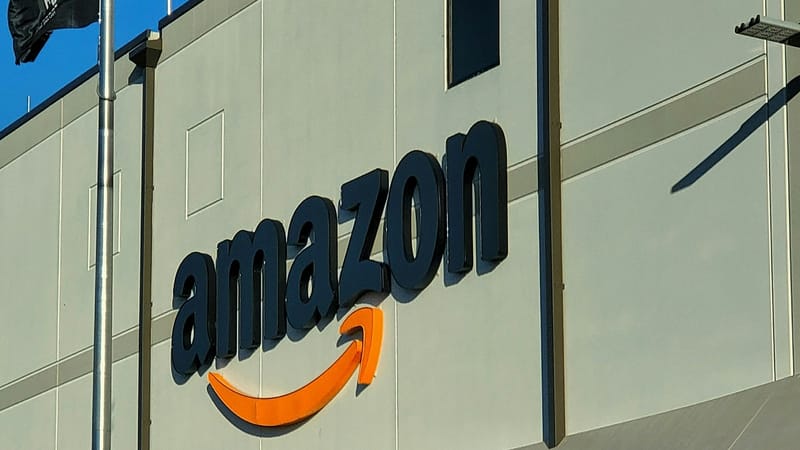WTF: When the Cloud Crashes. Inside AWS’s Monday Meltdown
When Amazon Web Services went down, so did half the internet. From Alexa to HMRC, the outage exposed just how brittle our digital world really is... and why even the cloud sometimes needs a lie-down.
Every so often, the digital gods remind us that our always-on world is held together by duct tape, caffeine, and three overworked engineers in Virginia. Monday’s spectacular Amazon Web Services (AWS) outage was one of those moments, a global reality check on just how fragile the “cloud” really is.
The day the internet coughed
The trouble started just after 8 a.m. BST, when AWS quietly admitted it was seeing “increased error rates” across multiple services in its US-East-1 region. For the uninitiated, that’s AWS’s beating heart, a vast data centre cluster in Northern Virginia that props up half the internet and, by extension, much of modern life.
Within the hour, the symptoms spread faster than a dodgy takeaway. Snapchat stopped snapping. Alexa stopped listening. Duolingo forgot its verbs. Fortnite players raged into the void. Even HMRC and the UK’s National Rail system began wheezing. Downdetector logged over six million outage reports worldwide as websites blinked out like Christmas lights during a power cut.
AWS traced the root cause to a DNS resolution problem. In simple terms, the bit of the internet that translates human-friendly web addresses into machine-friendly IP numbers had fallen over. Specifically, the company’s DynamoDB database service in Virginia stopped answering the phone, and everything built on top of it (which is almost everything) followed it into the abyss.
When the cloud sneezes, everyone catches a cold
Cloud computing has always sold itself as bulletproof, with redundant systems, endless backups, failover regions, the digital equivalent of a Swiss watch. But Monday showed how much of that redundancy is, well, theoretical.
AWS’s US-East-1 region isn’t just another data hub. It’s the primary one. It’s where most companies put their main servers because that’s where Amazon builds new services first and where it’s cheapest to run them. When Virginia goes dark, it doesn’t just trip over a few websites; it drags down half the economy’s digital limbs.
Even Amazon’s own services weren’t spared. Alexa devices fell silent, Ring doorbells stopped ringing, and some Prime Video users were treated to the world’s longest loading screen. The irony wasn’t lost on anyone: the cloud king itself brought low by the weather it created.
The fix (and the fingernails left hanging)
By mid-morning, AWS engineers said they had “mitigated the underlying issue”. Translation: someone rebooted a few things and crossed their fingers. But the real headache came afterward. The outage created a massive backlog of queued requests, meaning that even after the root cause was fixed, AWS had to clear a digital traffic jam stretching the length of the M25.
At around 3 p.m. BST, most systems were back online. Yet the company warned that some users might still experience “elevated error rates”, corporate-speak for “good luck out there”. For many developers, that meant another night spent refreshing dashboards, whispering prayers to the status page.
The deeper worry is what this says about our collective dependence on one company. AWS, along with Microsoft Azure and Google Cloud, has become one of the critical third parties of the global economy. Banks, hospitals, streaming platforms, even government departments all run on this same infrastructure. When AWS sneezes, democracy catches a cold. Regulators in the UK and elsewhere have already raised eyebrows, wondering whether these behemoths should face tighter oversight. Monday’s fiasco won’t help their case.
Lessons from the cloud that cried wolf
The takeaway? The cloud isn’t magical. It’s just someone else’s computer, and that computer sometimes crashes. The fantasy of infinite scalability meets the reality of finite engineering.
For investors, the incident is a reminder that operational risk in the digital era isn’t just about hacking or regulation; it’s about whether your vendor can keep the lights on. A few more meltdowns like this and insurers will start pricing in “cloud outage” clauses faster than you can say service-level agreement.
And for everyone else? Maybe a bit of humility. When the world’s largest tech company spends billions on redundancy and still face-plants, it’s worth remembering that your smart doorbell and AI assistant aren’t invincible either. They’re just very shiny toys sitting on someone else’s temperamental servers.
As of this evening, AWS insists everything is back to normal. But if you listen closely, you can almost hear the nervous tapping of fingernails across the industry, developers wondering what happens next time Virginia has a bad day. Because there will be a next time. The only question is whose app will be trending on Downdetector when it comes.







